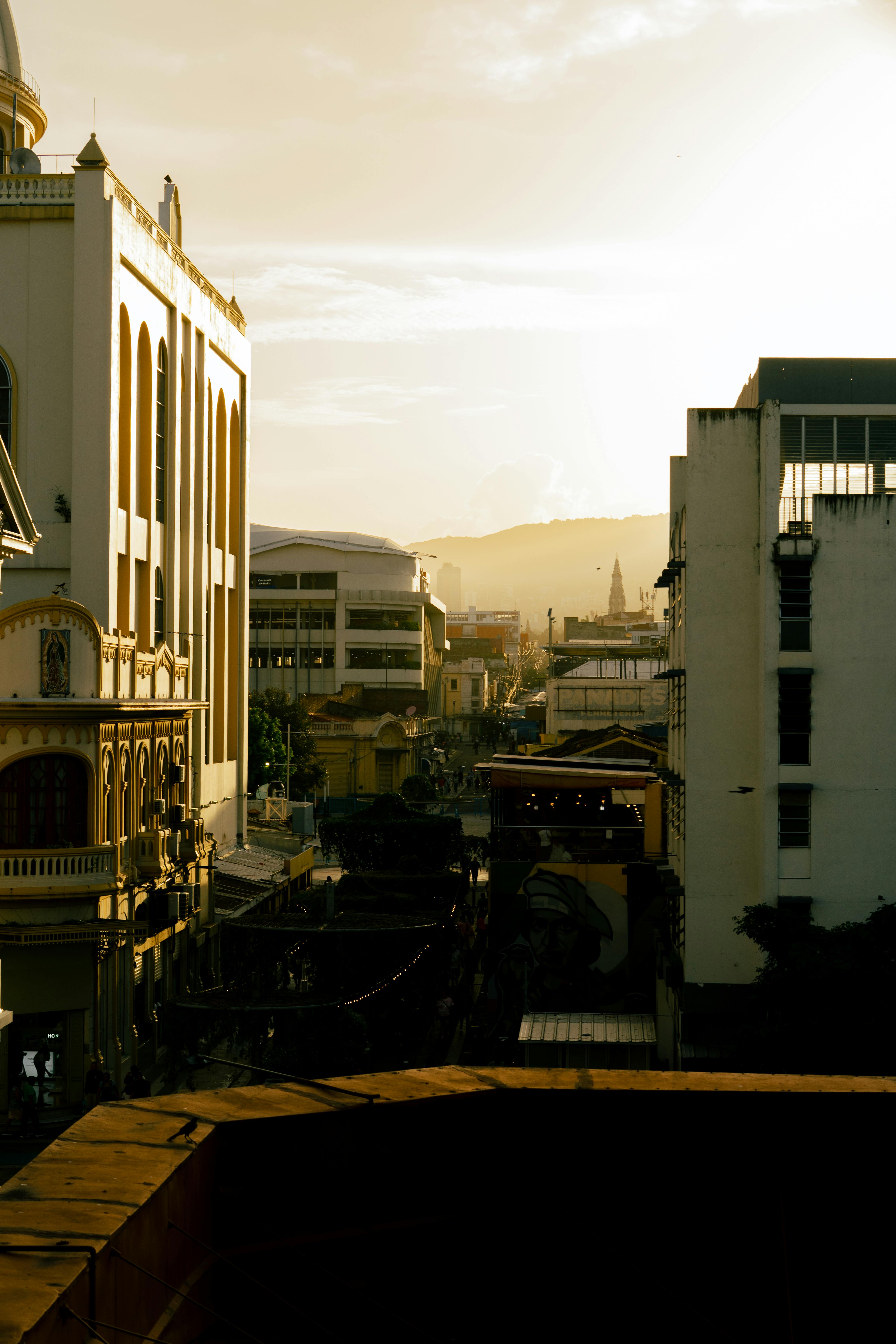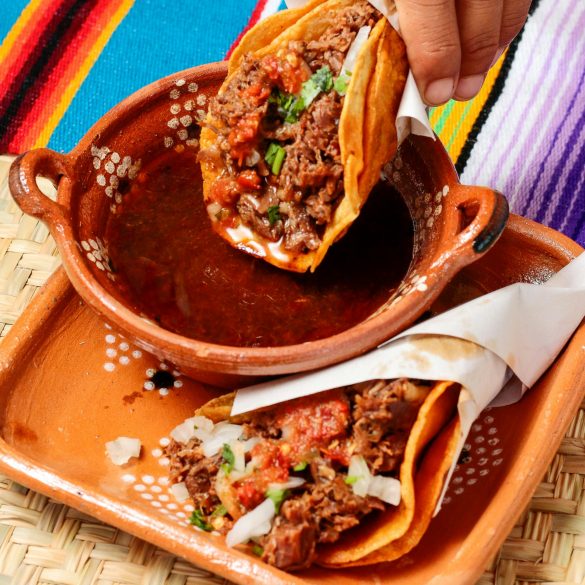How El Salvador Ended Crime: Inside the Most Drastic Crime Drop in History
Let’s be honest—five years ago, if you’d told me El Salvador would become Latin America’s new crime control success story, I would’ve laughed out loud. Back then, this tiny Central American country had a homicide rate so astronomical it made global headlines every month. “No go zones” for tourists were basically entire cities; my Salvadoran friends living abroad spoke of a place they loved but honestly feared to visit. As someone who’s advised on urban safety and spent years analyzing security trends from Mexico to Colombia, I thought I’d seen every version of the “crackdown vs. chaos” pendulum swing. I’ve even published on how “miracle drops” in violence usually unravel fast—and often have brutal hidden costs.
So how did El Salvador defy history? Why, as of 2025, are mainstream news outlets, security think tanks, and, curiously, even digital nomad networks now talking about San Salvador as a safe destination—once unthinkable? What actually changed, what is misunderstood, and what lessons (or cautions) should the world learn from El Salvador’s dizzying descent from murder capital to, apparently, model of order?
That’s what I want to unravel here. As always, the real story is more complicated—and, frankly, more surreal—than the headlines (“from hell to haven in five years!”) dare to suggest. What excites me: getting honest about the mechanics, the policies, the human costs, and the still-unfolding risks as well as rewards. This is a story every policymaker, citizen, or traveler should read with a skeptical but open mind. Let’s unpack it—humans, politics, reforms, and all.
How Did El Salvador Get Here? Setting the Stage for a Miracle—or Disaster
Before jumping into what changed, let’s pause and ground ourselves. For most of the early 2000s through 2015, El Salvador’s reputation was almost apocalyptic. The national murder rate, at times over 100 per 100,000 people, made headlines as the unequivocal “most murderous non-war country in the world.” It’s hard to overstate how heavy that label weighed—not only on politicians’ agendas, but on everyday life. Back in 2016, walking through San Salvador’s historic neighborhoods felt tense even in broad daylight. Business leaders I spoke with described security costs that ate up a quarter of their budgets. Families “taxed” by local gangs (the infamous maras) faced wrenching choices: pay up, risk everything, or flee. I’ll admit, the sense of resignation was palpable. Everyone talked about “normalizing” the threat.
Things got so dire that by 2015, migration pressure toward the U.S. spiked; a significant share of unaccompanied minors in the infamous “Central American migrant crisis” were escaping Salvadoran gang territories.2 International aid efforts, including police training and youth job programs, did little to dent the murder rate. Frankly? The mood among urban reformers was one of burnout and despair.
What Changed in 2019? The Rise of Nayib Bukele
So what shifted? The answer, in a word: Bukele. When Nayib Bukele swept to the Salvadoran presidency in 2019—with iPhone in hand, Twitter campaign machine, and “outsider disruptor” pitch—most observers expected a new wave of populist rhetoric. What struck me most, having followed similar leaders in Latin America, was how quickly style became substance: his administration began a sweeping security overhaul, veering from predecessor “pacts with gangs” (tried—and failed—in 2012-2015) to a more confrontational, and digital, approach. Suddenly, the rhetoric was “no negotiations, just results.”
At first, most international analysts, myself included, were deeply skeptical.4 How could any leader “end crime” where decades of community programs, police aid, even surreptitious gang deals, had failed? Bukele’s early “Territorial Control Plan” beefed up police presence, invested in new digital surveillance, and launched massive public messaging—showcasing every arrest on social media. Critics decried a looming cult of personality, while supporters praised the no-nonsense PR blitz. Here’s where I admit: I underestimated the power of narrative and relentless, highly-visible action. It began to shift the mood, at least in urban centers. Still, I doubted it would fundamentally alter the equation.
The Mega-Crackdown & “State of Exception”: How Far Is Too Far?
Fast forward to March 2022 and everything changed—radically. Unlike the piecemeal reforms and awkward gang “truces” of the past, Bukele’s government declared a sweeping “state of exception”—effectively, a state of emergency—that suspended habeas corpus and gave police and military vast new powers.6 The justification? A shocking spate of gang murders over a single weekend. (Some call this the pretext that allowed a crackdown years in the making. That’s a debate for the ages and, honestly, still unresolved for me.)
I remember watching social media fill with smartphone videos—armored trucks rolling down city streets, police checkpoints at nearly every major roundabout in San Salvador, mass roundups of suspected gang members. This wasn’t a rerun of previous “tough on crime” campaigns—it was far bigger, faster, and frankly, more controversial. Within months, over 70,000 Salvadorans had been arrested, many without warrant or due process.7 Civil liberties organizations cried foul. Trusted voices in my own professional network asked, “Are we trading one kind of violence for another sort?”
Let’s break down the operational mechanics. If you want a “how-to” (which, frankly, I’m conflicted about even spelling out), here’s the backbone:
- Nationwide militarized police operations in every district, backed by real-time digital surveillance data (facial recognition, mobile tracing).8
- Mass pretrial detention, with many suspects held on “associative” charges—often for gang tattoos or alleged affiliation—with limited legal recourse.
- Rapid expansion and centralization of the prison system, including the opening of the world’s largest prison (CECOT) to house tens of thousands in so-called “total security.”9
- Relentless public messaging: Streaming images of captured gangs on government Twitter, nighttime patrols shown live, and (crucially, per interviews with friends on the ground) communities reporting criminal activity with a sense of sudden impunity reversal.
Was this legal? Was it ethical? Actually, let me clarify—even many supporters quietly admit: not always. Constitutional lawyers are locked in ongoing debate, and the supreme court (under heavy executive sway) has provided just enough legal cover to let the crackdown continue uninterrupted.10
Did El Salvador Really End Crime? Let’s Look at the Numbers (and the Reality)
Now, to the heart of it: Did crime actually disappear, or just mutate? The data is—depending on whom you trust—both stunning and controversial. The official homicide rate, according to 2024 government and multiple third-party counts, plummeted to under 6 per 100,000,11 among the lowest in the hemisphere. For context, that’s lower than Chicago, lower than Mexico, and on par with Costa Rica. The decline wasn’t gradual—it was a cliff edge, starting with Bukele’s “Territorial Control Plan” but going vertical after the mass detentions of 2022.
| Year | Homicides/100K | Gang-Related Murders | Mass Arrests |
|---|---|---|---|
| 2015 | 105 | ~70% | few (ad hoc) |
| 2018 | 51 | ~60% | moderate |
| 2022 | 18 | ~35% | 50,000+ |
| 2024 | 5.7 | <10% | 76,000+ |
Yet here’s where I start to hedge. Almost everyone—from Human Rights Watch to the U.S. State Department to the UN—warns these drops come at a price. Arbitrary arrests, disappearances, and at least 200 deaths in custody have been documented.12 Some “known safe neighborhoods” report a security dividend, but rural or marginal areas still see disappearances and abuses.
What’s It Like Now On the Ground?
I recently connected with business owners and civil society friends (what a difference from even five years ago!). They say police presence is omnipresent, open-air extortion is gone from downtown, and tourism has, weirdly, become “cool.” The world’s first “Bitcoin Beach” experiment is drawing Web3 enthusiasts.13 Young people can spend time in parks after dark, and even street art has returned as a local pride marker. The mood is oddly calm—but at what hidden cost? And is it sustainable? We’ll dig deeper in the next section.

Costs, Controversies, and Uncomfortable Debates
Here’s where things get sticky—and, to be honest, this makes me more apprehensive than any policy “blueprint.” The most uncomfortable lesson of El Salvador’s crime miracle might be this: great leaps in safety can come with major ethical trade-offs. (And—let me say this bluntly—no country should adopt them lightly.)
- Mass Detentions and Human Rights: NGOs report over 14,000 “false arrests,” with detainees kept for months without trial. Several courts have found evidence of torture or inhumane prison conditions (in some shocking cases—lack of food or medical care leading to death).15
- Suppressed Dissent: Multiple press freedom groups and foreign correspondents (I’ve spoken to several off the record) describe covert police “visits” to critical media, targeted Twitter/X harassment, and ongoing legal threats for opposition politicians.16
- Judicial Independence: The removal of constitutional court judges in 2021 marked a decisive move toward executive dominance; critics argue this concentration of power enables ongoing legal gray zones.17
It’s easy for outside observers to call these measures draconian. Yet, talking to Salvadorans on both sides, the overwhelming reaction—especially among working-class and urban communities—has been grateful (with underlying fear). As one taxi driver told me in April 2024: “Yes, I know friends who vanished for nothing, but also, my kids can go to school without paying the gangs. So, how do I judge it?” The real-world calculus for most people is anything but black and white.
Did violence simply “go underground”? Some investigative reporters think so. According to a 2024 Washington Office on Latin America report, some extortion has shifted to informal, less visible mechanisms, while homicides undoubtedly fell (far too sharply to fake).18
- Visible violence: down dramatically
- Invisible abuses: up, but much harder to document
- Fear of gangs: replaced by fear of arbitrary detention, for a significant minority
Can Other Countries Copy El Salvador? Transplants, Lessons, and Warnings
This is the million-dollar—no, billion-dollar—question. Policymakers from Honduras, Ecuador, and even Mexico (not to mention city officials from DC to Johannesburg) have flown to San Salvador to ask: “Can we do this too?” My own consulting calls and DM threads have doubled with similar requests since early 2024. The answer? It’s complicated.
| Country | Crime Model | Attempted Copy? | Outcome to Date |
|---|---|---|---|
| Honduras | Mass Crackdown | Partial (2023) | Rising backlash; mixed |
| Ecuador | Emergency decree | Yes (2024) | Escalating violence so far |
| Mexico | Localized militarization | No (debate only) | Ongoing organized crime |
Here’s the thing—copy-paste never works. El Salvador’s “success” relied on a unique ingredient mix:
- Small geography and population (easier to saturate with security apparatus)
- Urban-centric gang structures (gangs had “territory” vulnerable to quick takeover)
- Unprecedented executive popularity (Bukele remains the world’s most popular leader, depending on the poll)
- Massive investment in digital surveillance, with vast U.S. tech supply contracts19
The verdict? No easy blueprint. If you’re a policymaker, journalist, or citizen looking for a “miracle cure” for urban crime—think again.
Actually—let me step back! There are transplantable lessons, but they’re not what you might expect. We’ll close with those.
Conclusion: Hard Truths and Real Lessons from El Salvador’s Crime Collapse
So, did El Salvador “end crime”? To put it bluntly: visible violent crime fell to levels nobody—myself included—believed possible. Public spaces have been reclaimed, and whole neighborhoods moved from terror to relative peace. But the story is neither neat nor neatly exportable. Mass incarceration, executive overreach, and new forms of invisible control are real, and so are the gains. If we’re honest, what happened in El Salvador is a social experiment with no proven endpoint.
Here’s my own learning (and I’m still wrestling with this): Any society that craves safety may eventually accept nearly any measure—until it touches them, or their loved ones. The test of time is coming: can El Salvador build real justice, independent courts, and honest police oversight before old patterns (or new abuses) return?
- Prioritize independent evaluation: Every dramatic reform needs rigorous, external monitoring—by local and international agencies. Transparent data should be non-negotiable.
- Invest early in justice and rehabilitation: Mass prevention programs, vocational training, and targeted youth support are crucial for longevity.
- Safeguard civil rights, even in crisis: Security achieved by shutting down democracy is just another kind of instability, delayed.
- Recognize local conditions: What works in a tiny, dense, digitally saturated country may fail utterly elsewhere. Context is everything.
My advice for planners, mayors, or activists eager to replicate El Salvador’s “miracle:” Don’t grab the surface-level headlines. Dig into both data and human stories, demand lasting reforms, and remember—every reform comes with trade-offs. The real win is building a society that, someday, doesn’t need a crackdown at all.
I’m still learning, still torn, but convinced that this case—not without flaws or dangers—holds lessons no other country can afford to ignore.
References
- 1 El Salvador country profile: Timeline & context News
- 2 Migration Policy Institute: Violence and Migration NGO Report
- 3 World Bank El Salvador: Country Data Government/Data
- 4 The Economist: Nayib Bukele’s rise News
- 5 InSight Crime: Violence Reduction Analysis Industry Analysis
- 6 Reuters: State of Emergency in El Salvador News
- 7 AP: Mass Arrests and Security Crackdown News
- 8 Brookings: Digital Surveillance & Policy Academic
- 9 The Guardian: Mega Prison Analysis News
- 10 Human Rights Watch: Detentions and Legal Process NGO Report
- 11 Statista: Homicide Statistics El Salvador Data/Industry
- 12 Amnesty International: Rights Abuses Under State of Exception NGO Report
- 13 NYTimes: Bitcoin Beach, New Tourist Magnet News
- 14 NPR Latino USA: Arrest Rate Analysis News
- 15 United Nations: Detainee Conditions Report UN Report
- 16 Reporters Without Borders: Press Crackdown Overview NGO Report
- 17 Americas Quarterly: Judicial Changes and Democracy Academic/News
- 18 WOLA: Underground Crime Shift Industry Report
- 19 TechCrunch: Digital Surveillance in El Salvador Tech Industry



